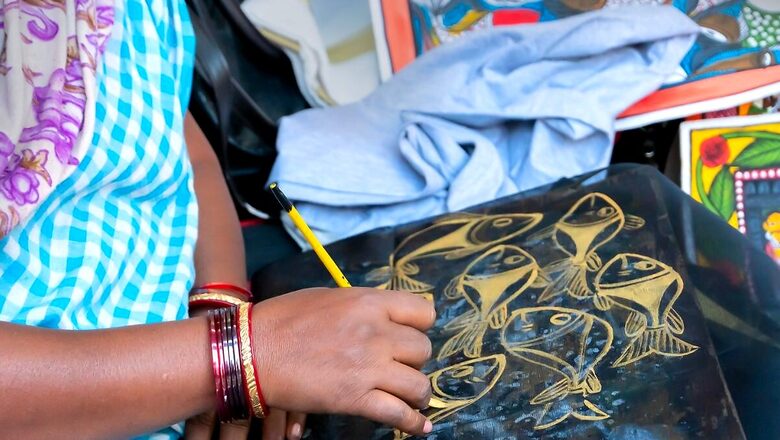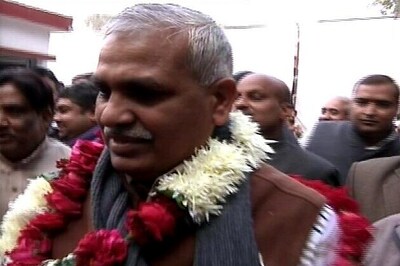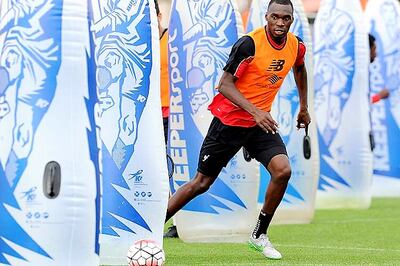
views
The art of storytelling has evolved over the years and decades. In the Paleolithic Age, when the homo erectus lived in caves, they narrated occurrences around them using murals or cave paintings. Thousands of years later, we have evolved to make cinema as one of the primary and most interesting modes of storytelling.
But between those cave paintings and today’s cinema, various other mediums have bridged the gap in between, many of which are still prevalent today. Let us explore some of these unique mediums of storytelling, famous across the Indian subcontinent that weave creativity with the preservation of cultural heritage.
Puppetry
In puppetry, inanimate objects that resemble human or animal figures are animated or manipulated by a person known as a puppeteer. This sort of theatre or performance is known as puppetry. The art form of puppetry is extremely old with an estimated 4,000 years of origin. Since the beginning of time, puppets have been used to bring concepts and needs of human communities to life. There is proof that they were in use in Egypt as early as 2000 BCE when bread was being kneaded by manipulating wooden figurines with strings. Even today, a fantastic dose of entertainment for the audience is created by the collaboration of the puppeteer, narrator and the puppet.
Harikatha
Indian culture has also given birth to the classic art form known as Harikatha, or the legends of Hari, who is considered an avatar of Lord Vishnu. Spiritual teachings and lessons that have been passed down through the ages are combined with music, instruments, narration and narrative techniques in the art form of Harikatha. The audience is given a presentation by the kathakaars or performers that combines folktales, religious stories and tales from the Ramayana and Mahabharata. Many Indian states are familiar with Harikatha and the kathakaars narrate the story while dressed traditionally.
Kathakalakshepam
Anecdotal stories known as Kathakalakshepam, are narrated in Hindi, Tamil and Sanskrit. These stories feature a classically trained storyteller who incorporates dance, music and digressions into the main narrative. Literally, “narrating the stories of ancient texts in a comprehensive manner to the common people” is what Kathakalakshepam means. The storyteller must possess both literary and theological proficiency for this kind of storytelling.
Buta Kola
Made extremely famous in India last year, the film Kantara featured this art form extensively, this incorporates both storytelling and dance and narrates the story of daivas or animist spirits that the locals in Dakshin Kannada and parts of Kasargod worship.
Patachitra
Patachitra is another traditional storytelling method used in India and many other regions of the world. It is a type of visual storytelling. The Patachitra is a storytelling art style consisting of paintings on fabric. These paintings are made on fabric by talented artists, respectfully referred to as “chitrakars,” who depict historical folklore, religious events or local legends. Some people have continued the art of making traditional patachitra using natural colours derived from plants and minerals, even in modern times.
Panchatantra
Almost every Indian child who has had a traditional upbringing has read the famous Panchatantra, a collection of stories depicting animals that are both recited orally or found in manuscripts. The author of the work is unknown, though it has been identified in some recensions as Vishnu Sharma and in others as Vasubhaga, both of whom may be pseudonyms. These stories are among the most well-known in the world, and it is one of the Indian literary works that is translated the most.
Dastangoi
The Dastangoi is an extremely captivating storytelling technique. Simply said, Dastan means narrative or tale, and Goi means to narrate. It is an ancient Urdu oral storytelling art. To draw in the audience, a dastango, or storyteller, combines several elements like gesture, vocabulary, vocal modulations, and many more.



















Comments
0 comment